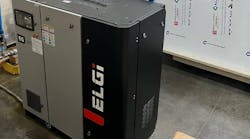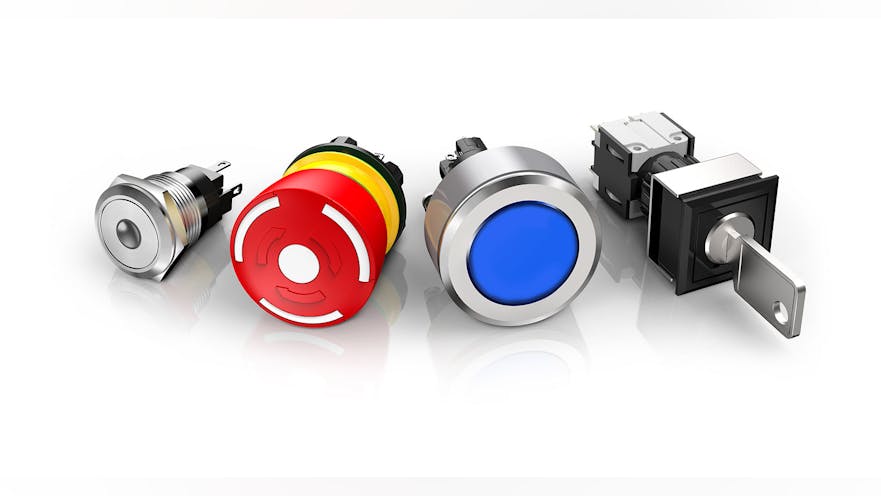Electromechanical devices, including switches, keypads, keyboards, and other elements such as indicators and alarms, are critical aspects of the human-machine interface (HMI) for controlling equipment and systems. HMI Component technology has adapted over the years to serve the increasingly specialized needs of industrial, transportation, telecommunications, audio/visual, public access/security, and lifting/moving applications.
Designers today face a truly astonishing range of choices in electromechanical components that encompass not only the type of device, electrical specifications, environmental sealing, and mounting and termination styles, but also ergonomic considerations such as configuration, size, illumination, and tactile feel.
Today’s advanced HMI Components are precisely crafted devices, made to exact design specifications with very close tolerances using high-grade plastics, metals, and meticulously calibrated springs. To achieve reliable, long service lives, they are engineered like fine watches with the performance, feel, and look required in modern HMI systems.
Ergonomics also play a key role in modern switch design, assuring the right switch for each application—whether it is a flush-mount design to avoid inadvertent actuation or an emergency-stop switch with a mushroom actuator for fast palm-slap shutdown and safe twist or key release—when designing an HMI System for demanding applications, design engineers must carefully select the appropriate HMI Components to ensure the safety, longevity, and ergonomic appeal of their equipment.
Click on the gallery to learn the basics and what to watch out for as you go through this sometimes overwhelming experience.
Tom Corrigan has spent more than 11 years at EAO as a Human Machine Interface systems designer and product manager. He holds a Bachelor of Science in Mechanical Engineering from The College of New Jersey and honed his craft in the aircraft industry. Tom’s expertise has helped establish EAO as an industry leader and the expert partner for Human Machine Interfaces. Reach him at: [email protected].









